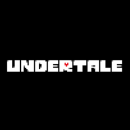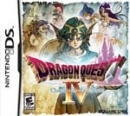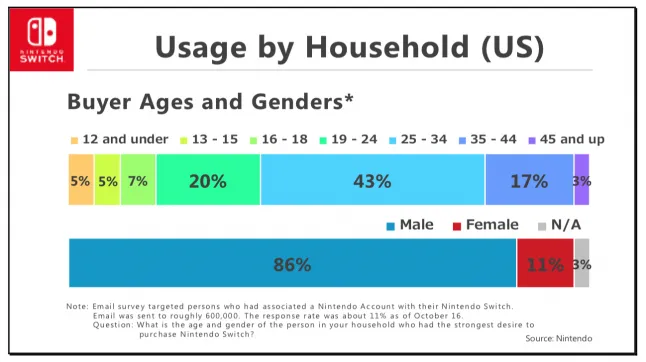I don't think it's going to be inflation as a big factor to why Switch 2 will be as expensive as Switch OLED or higher. It would be more the fact that Nintendo handhelds have a wonkier price history than their home consoles. And Switch is a hybrid, so it's a handheld as well (and will surely get a handheld-only option).
Launch prices USD unadjusted for inflation
Game Boy: $89.99
Game Boy Color: $69.99
Game Boy Advance: $99.99
DS: $149.99
DSi: $169.99
3DS: $249.99 (slashed to $169.99 before its first holiday season)
New 3DS XL: $199.99
Switch Lite: $199.99
Switch 2 will probably be $349.99-$399.99 and Switch 2 Lite will probably be $249.99-$299.99.
Lifetime Sales Predictions
Switch: 161 million (was 73 million, then 96 million, then 113 million, then 125 million, then 144 million, then 151 million, then 156 million)
PS5: 122 million (was 105 million, then 115 million) Xbox Series X/S: 38 million (was 60 million, then 67 million, then 57 million. then 48 million. then 40 million)
Switch 2: 120 million (was 116 million)
PS4: 120 mil (was 100 then 130 million, then 122 million) Xbox One: 51 mil (was 50 then 55 mil)
3DS: 75.5 mil (was 73, then 77 million)
"Let go your earthly tether, enter the void, empty and become wind." - Guru Laghima



























































